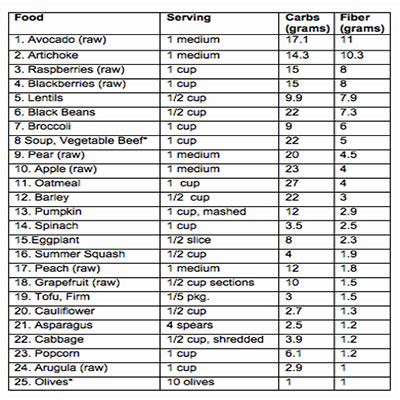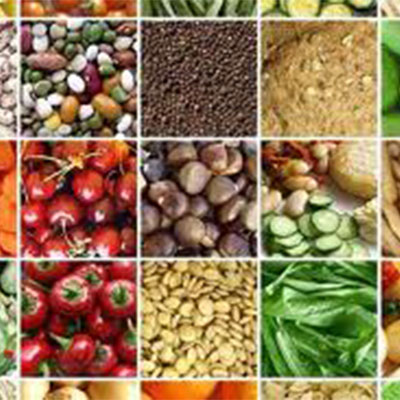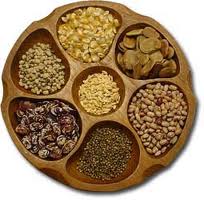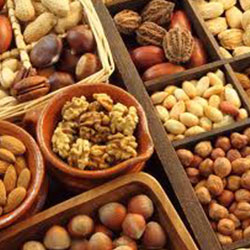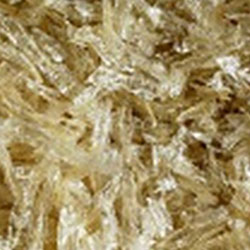FIBER
FIBER is Flavorless, odorless, consistent performer that reduces calories in your food products. In today’s health conscious society, more and more companies are discovering the calorie-reducing advantages of adding fiber to the foods they produce. No calories. No fat. No digestible carbohydrates. And of equal importance is the fact that cellulose fiber products are odorless, flavorless, and pure white in color. Simply put, fiber gives you all the benefits of fiber in one of its purest forms.
What is soy fiber?
There are three basic types of soy fiber, one very old, and the other two quite new: Okara (soymilk pulp, the oldest), soy bran (ground soybean hulls/seed coats), and soy cotyledon/isolate fiber.
Soy bran: Soybean hulls, a by-product of the process of crushing soybeans to make oil and meal, can be ground to a light-colored, high-fiber flour generally known as “soy bran.”
Soy cotyledon fiber (also called soy isolate fiber): In the process of isolating the protein from defatted soybeans to make isolated soy protein (also called soy protein isolate), the fiber is removed by filtration. It differs from okara in five ways: (1) It does not contain soybean hulls; (2) It has been defatted and thus is lower in fat; (3) It has been treated during processing with mild alkali; (4) It has a much finer texture than okara; and (5) It is almost always sold in dry form, whereas okara is rarely dried.
All three of these products are high-quality, inexpensive sources of dietary fiber. This book emphasizes their food uses, and contains all known publications on their nutritional and medicinal value.
Some of the dietary fibers available under include cottonseed fiber,celulose fiber, white wheat fiber,soya fiber, bamboo fiber, potato fiber, sugar cane fiber and inner pea fiber.
Multi-functional fiber products are customized for many industries including: food, cheese, pharmaceutical, pet food, industrial filtration, chemical derivatives, molding compounds and building chemicals
Use:
Filtration | Cheese | Food & Beverages | Pharmaceutical
Pet Food | Industrial | Data Sheets
Shape-Source
Bamboo | Cottonseed | Granules | Custom Blending
Cotton Flock | Sisal Fiber | Synthetic | Pellets
The word fiber (North American) can also be spelled fibre (British). It comes from the Latin word fibra, meaning fiber, thread, string, filament, entrails. According to the Medilexicon medical dictionary, dietary fiber means “Nutrients in the diet that are not digested by gastrointestinal enzymes.” Fiber, in this article, refers just to dietary fiber.
Fiber is also known as roughage. It is the indigestible part of plant foods that pushes through our digestive system, absorbing water along the way and easing bowel movements.
Fiber is made up of non-starch polysaccharides, such as cellulose, dextrins, inulin, lignin, chitins, pectins, beta-glucans, waxes and oligosaccharides. The word fiber is misleading, because many types of dietary fibers are not fibers at all.
Two types of fiber – Soluble and Insoluble
There are two broad types of fiber, soluble and insoluble. Soluble dissolves in water, while insoluble does not.
No fiber can be digested. However, soluble fiber changes as it goes through the digestive tract, where it is fermented by bacteria. Soluble fiber absorbs water, and as it does so becomes gelatinous.
Insoluble fiber goes through the digestive tract without changing its forms.
Dietary fiber foods are generally divided into predominantly soluble or insoluble. Both types of fiber are present in all plant foods, but rarely in equal proportions.



